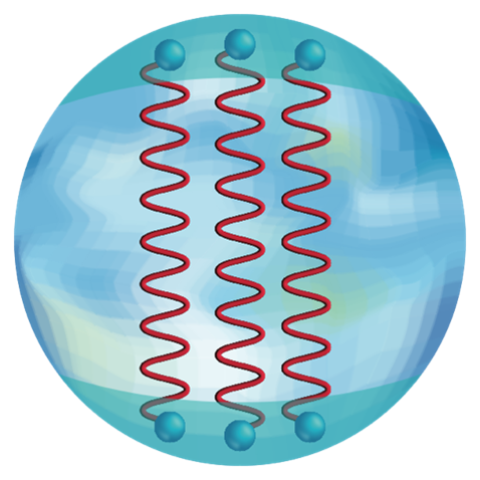
Modeling nuclear matter in two dimensions greatly simplifies understanding interactions among “cold,” dense quarks—including in neutron stars.
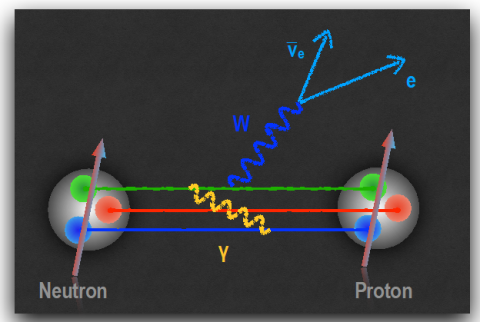
Theorists find new electromagnetic effects that shift the spin-dependent coupling of the nucleon to the weak force and point out the implications for new physics in beta decay.
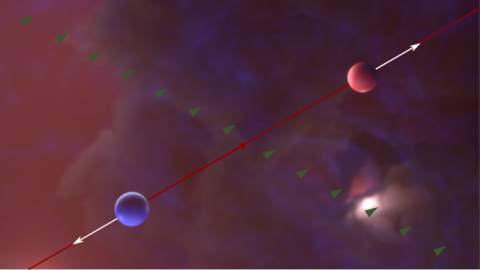
New calculations provide insights into the dynamics of the chiral magnetic effect in heavy ion collisions.
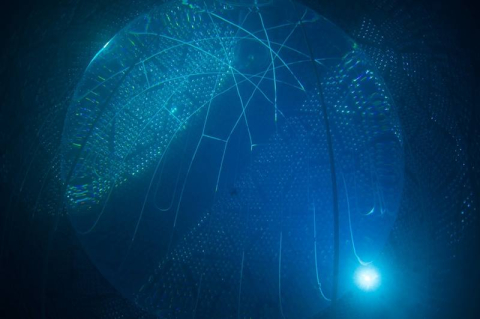
The SNO+ experiment has for the first time shown that neutrinos from a nuclear reactor over 240 km away can be detected with plain water.
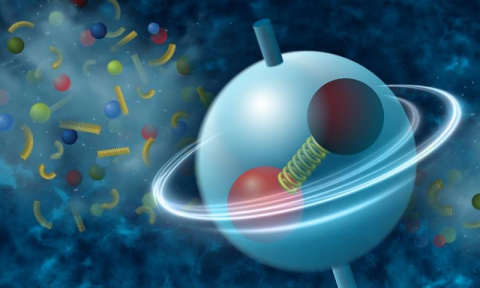
Spin orientation preference may point to a previously unknown influence of the strong nuclear force—and a way to measure its local fluctuations.
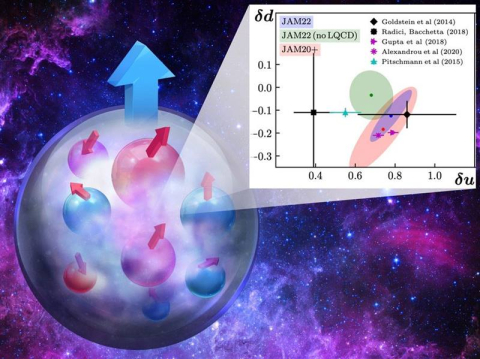
Theory and experiment combine to provide the most precise empirical extraction of the proton’s tensor charge, a fundamental property of the proton.
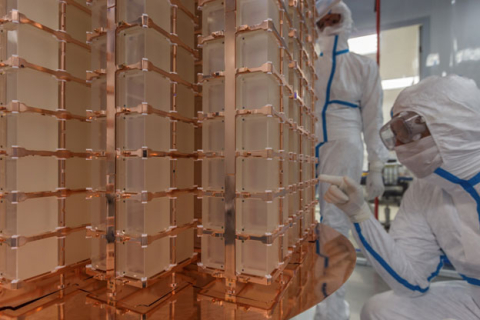
Physicists use a detector under an Italian mountain to search for rare nuclear processes to explain why our Universe has more matter than antimatter.
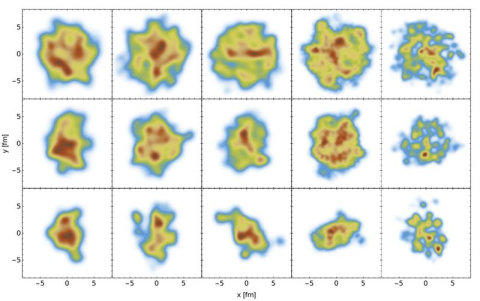
Researchers perform a global analysis of lead-lead collisions, finding that agreement with the reaction rate requires a much smaller nucleus.
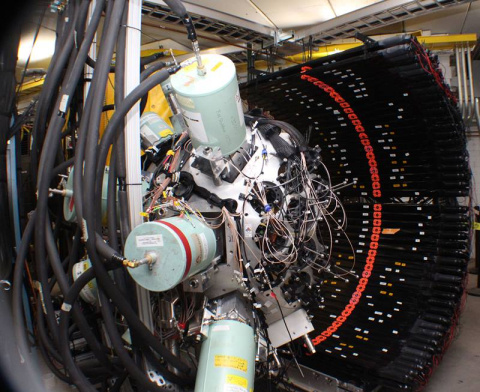
Researchers have published the results from the first experiment at the Facility for Rare Isotope Beams, measurement of 5 new half-lives, in Physical Review Letters.
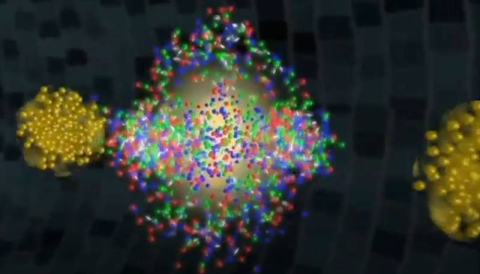
Study reveals that initial state conditions set up particle flow patterns, helping zero in on key properties of matter that mimics the early universe.

